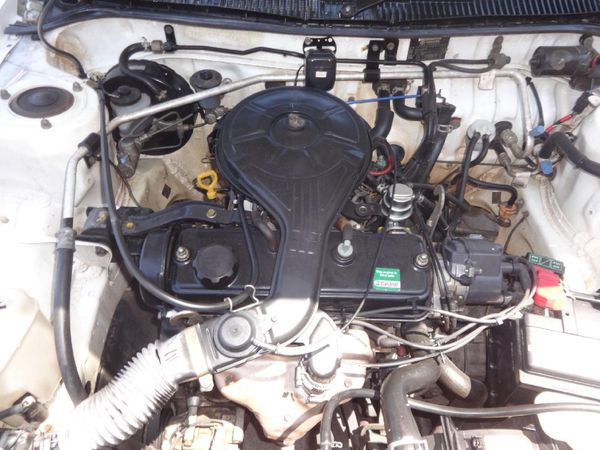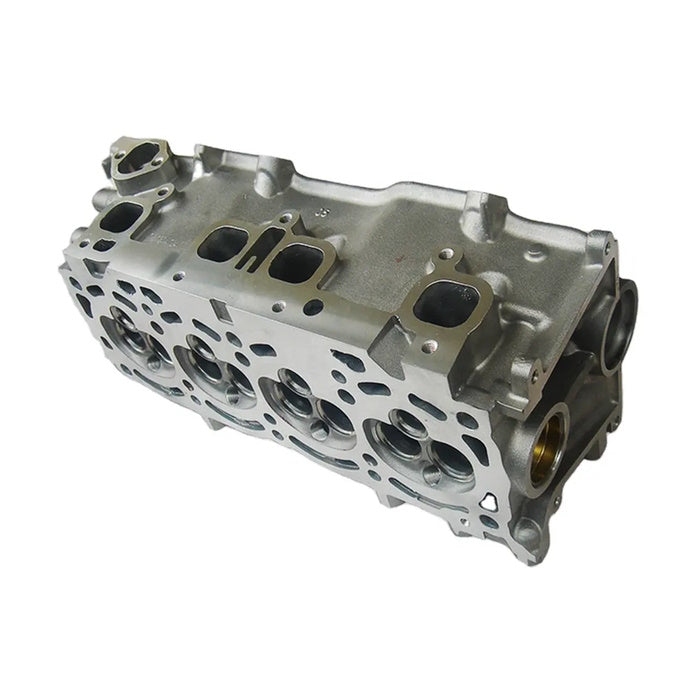Explore the most recent Patterns in Engine Modern Technology Through Tazz
In the rapidly progressing landscape of auto technology, Tazz stands at the forefront, highlighting considerable improvements in engine systems that focus on both technology and sustainability. tazz. From crossbreed engines that optimize fuel efficiency to the development of hydrogen fuel cells, the patterns shaping contemporary powertrains are not just improving efficiency however additionally resolving critical environmental challenges. As the sector continues to press borders, it is vital to think about exactly how these advancements will certainly influence future transportation services and the wider implications for global energy consumption. What exists in advance in this essential improvement?
Crossbreed Engine Innovations
Hybrid engine innovations stand for an essential shift in auto innovation, combining the advantages of interior combustion engines with electrical propulsion systems. This integration not just improves gas effectiveness but additionally decreases exhausts, conference increasingly rigid environmental laws. By using both power sources, hybrid engines can maximize performance, supplying power when needed while preserving fuel throughout less requiring motoring conditions.
Current developments in crossbreed technology consist of improvements in battery effectiveness and regenerative stopping systems. These developments permit greater power recuperation during slowdown, which can be rerouted to assist in velocity or power accessory systems. Suppliers are focusing on compact styles and light-weight products to maximize the effectiveness of hybrid powertrains.
The growth of plug-in hybrids has likewise increased the marketplace, enabling chauffeurs to charge their automobiles making use of standard electrical outlets. This feature typically permits substantial all-electric array, more lowering dependence on traditional fuels. tazz. As the automotive industry continues to develop, hybrid engine technologies are expected to play an important role in connecting the space between conventional cars and fully electric models, providing a transitional solution that deals with diverse consumer demands and choices
Breakthroughs in Electric Powertrains
The auto landscape is swiftly advancing, with electrical powertrains emerging as a leading force in lasting transport. Developments in electrical car (EV) technology are significantly boosting efficiency, effectiveness, and user experience. Trick developments include renovations in battery chemistry, which have increased power density, lowered charging times, and extended total battery life.
Solid-state batteries, for instance, assure to reinvent the market by giving higher safety and security and effectiveness compared to standard lithium-ion cells. Advancements in regenerative stopping systems are enabling cars to recoup energy throughout slowdown, contributing to total efficiency.
In enhancement to battery modern technology, electric motor styles are coming to be much more innovative. Innovations such as integrated electric motors and progressed thermal management systems are assisting to maximize power delivery and decrease weight, eventually boosting vehicle dynamics.

Jointly, these breakthroughs emphasize the dedication to change in the direction of cleaner, a lot more effective transportation services, positioning electric powertrains at the forefront of automotive innovation.
The Surge of Hydrogen Gas Cells
Progressively, hydrogen fuel cells are acquiring traction as a viable alternative to typical inner burning engines and battery electric vehicles. This technology uses the chemical power kept in look these up hydrogen, converting it right into power via an electrochemical reaction with oxygen. The primary result of this procedure is water, making hydrogen fuel cells an eco-friendly choice with zero exhausts at the tailpipe.

Car manufacturers are significantly purchasing hydrogen gas cell modern technology, recognizing its potential for long-range applications and fast refueling capacities that rival conventional fuels. Furthermore, fields such as heavy-duty transport and public transit are especially appropriate for hydrogen gas cells, where battery electrical remedies may fail due to weight and variety restrictions.
As research study and financial investment remain to increase, hydrogen gas cells are positioned to play a substantial role in the future landscape of clean transportation and energy solutions.
Enhancements in Internal Combustion Engines
Technologies in interior combustion engine (ICE) technology are changing standard cars to meet modern-day ecological standards and efficiency assumptions. Direct gas shot, for instance, permits for much better atomization of fuel, leading to even more total combustion and improved power outcome.
In addition, turbocharging has actually acquired prestige, enabling smaller engines to supply higher efficiency without the weight of larger engines - tazz. This modern technology not just boosts performance however additionally adds to decrease fuel consumption. Variable shutoff timing systems are also being fine-tuned, enabling engines to adjust to various driving problems for improved torque and responsiveness
Additionally, making use of light-weight materials in engine building and construction is becoming typical, further boosting fuel effectiveness by reducing general vehicle weight. Engine control systems (ECUs) are increasingly advanced, making it possible for real-time adjustments that enhance efficiency and emissions.
These improvements collectively indicate a critical change in ICE modern technology, aligning with worldwide sustainability objectives while still providing the performance vehicle drivers expect from their cars. As the market advances, these improvements remain to form the future of typical automotive engineering.
Future Patterns in Engine Performance
Substantial advancements in engine effectiveness are expected as suppliers concentrate on integrating advanced innovations to satisfy rigid ecological laws and consumer demands. The shift towards electrification, hybrid systems, and alternate gas is improving additional resources the vehicle landscape, driving technologies that boost gas economic situation and lower exhausts.
Among the vital fads is the execution of innovative products and making strategies. High-strength alloys and lightweight composites add to reduced vehicle weight, hence boosting total effectiveness. Furthermore, the adoption of turbocharging and variable valve timing technologies permits improved power outcome from smaller engines, even more enhancing fuel economy.

Conclusion
Developments in crossbreed engine systems, electrical powertrains, and hydrogen gas cells demonstrate a commitment to minimizing exhausts while enhancing performance. Enhancements in interior burning engines and an emphasis on lightweight materials contribute to overall engine effectiveness.
From crossbreed engines that maximize gas performance to the emergence of hydrogen fuel cells, the patterns shaping contemporary powertrains are not just boosting efficiency yet also addressing vital environmental difficulties.Crossbreed engine advancements stand for a crucial change in auto modern technology, incorporating the advantages of internal burning engines with electrical propulsion systems.In addition, turbocharging has actually obtained prestige, permitting smaller sized engines to supply greater performance without the weight of larger engines. visit Additionally, the adoption of turbocharging and variable valve timing modern technologies permits for boosted power outcome from smaller engines, even more enhancing fuel economy.
Renovations in inner burning engines and a focus on lightweight products add to general engine efficiency.
Comments on “Toyota Tazz: A Comprehensive Review of Performance and Comfort”